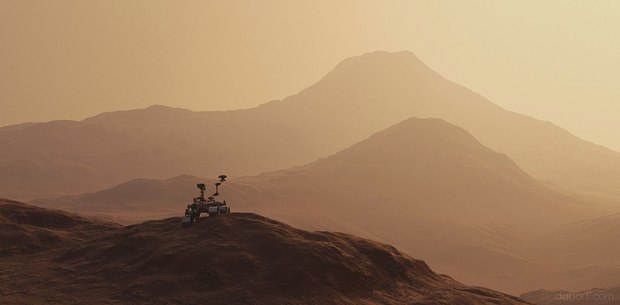Free update of leading CPU and GPU renderer introduces efficient new lighting algorithm.
SOFIA, Bulgaria -- Chaos Group has released V-Ray 3.5 for 3ds Max, a free update to the leading CPU and GPU renderer. With the addition of nine major features and a number of performance improvements, V-Ray 3.5 is the fastest and most powerful version yet.
To solve the long-time challenge of rendering scenes with many lights, Chaos Group’s R&D team has written a new Adaptive Lights algorithm that drastically speeds up render times. After extensive testing on architectural interiors and large environments with hundreds or even thousands of lights, benchmarking results show that Adaptive Lights can be up to seven times faster, depending on the scene. Now artists can work with a virtually unlimited amount of light sources, rendering scenes that were previously impossible.
“We’ve been testing V-Ray’s new Adaptive Lights on the GPU, and we’re impressed by the results,” said Tomasz Wyszołmirski, studio director at Dabarti. “In one of our scenes, render times were seven times faster than before – a 54 minute render dropped to 7.5 minutes with Adaptive Lights! The difference is amazing.”
Other Top Features Include:
- Interactive production rendering – Fully interactive production rendering with immediate feedback.
- Glossy fresnel – New, physically-accurate reflection model adds more realism to any scene.
- Resumable rendering – Ability to stop and continue rendering at any point, preserving work and saving time. Supports both progressive and bucket rendering.
- Live VR rendering – Render directly to Oculus Rift or HTC Vive with full GPU acceleration. Visualize changes within the headset as they are made in 3ds Max.
- V-Ray Scene node – Import and render complete scene files created in any V-Ray application. V-Ray scenes are render-ready assets and contain all geometry, lights, materials and textures.
- Interactive lens effects – GPU-accelerated glare and bloom effects that can be enabled and adjusted while rendering. Compatible with V-Ray Denoiser.
- alSurface material – General-purpose shader by Anders Langlands includes built-in SSS controls; popular for skin.
- MDL materials – NVIDIA’s universal material format is now supported by V-Ray, allowing designers to apply MDL materials authored in programs like Substance Designer to their assets and scenes.
GPU Rendering Improvements:
Continued V-Ray GPU development has led to faster speeds and an expanded feature set. In addition to the speed gains of Adaptive Lights, memory-efficiency has been dramatically improved through On-Demand Mip-mapping; an intelligent way to load and render textures quickly using automatic processing and the GPU.
V-Ray GPU will also now support:
- iToo Software Forest Color textures
- Cached irradiance maps
- Aerial perspective
- V-Ray Clipper
- Directional area lights
- Procedural bump
- Stochastic flakes
- Matte/shadow catcher
- Render mask
- Low GPU thread priority
For more information on GPU rendering improvements, please visit the Chaos Group Labs blog.
V-Ray 3.5 for 3ds Max is a free update for all V-Ray 3.x customers. Login at chaosgroup.com to download. This version also marks the debut of online licensing for V-Ray for 3ds Max users, who can now choose this option instead of the traditional dongle. A full-featured 30-day trial is also available.










